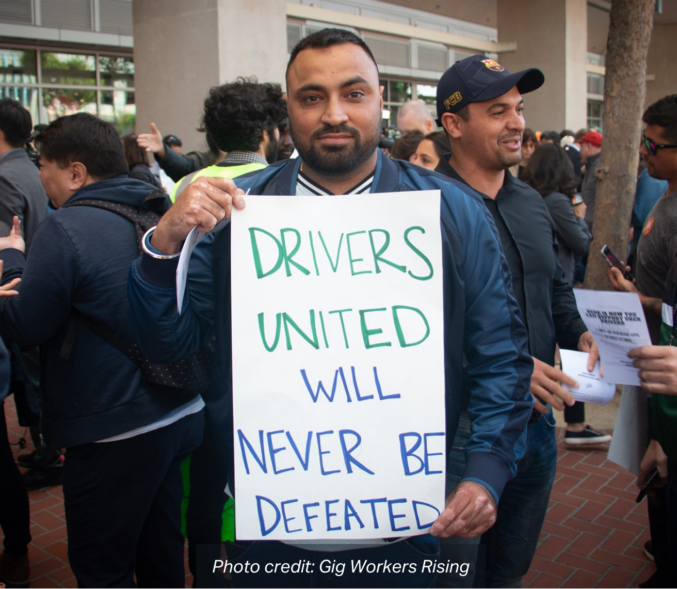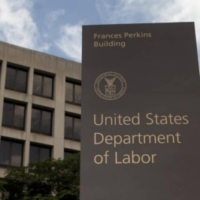End Independent Contractor Misclassification
Many corporations misclassify employees as self-employed “independent contractors” to deny them employee protections and offload business costs and risks.

Who Is an Independent Contractor?
True independent contractors are people who are in business for themselves. They make all the important decisions about how to run their business, like:
- deciding what goods or services to sell
- setting or negotiating prices
- deciding how to market their business to customers
Why Do Companies Misclassify Employees as Independent Contractors?
Many corporations misclassify the employees powering their businesses as “independent contractors” to:
- minimize payroll costs
- maximize profits
- strip workers of labor and employment protections
Although these corporations may set pay and other key terms of work that determine job quality, they seek to shed responsibility for meeting basic labor standards.
Increasingly, corporations use technology—like surveillance tools, algorithms, and digital applications—to supervise, monitor, and control workers, while falsely claiming that these workers are independent contractors excluded from labor and employment law protections.

| ❌ | Right to organize and bargain collectively | ✅ |
| ❌ | Right to a minimum wage and overtime pay | ✅ |
| ❌ | Right to paid sick leave | ✅ |
| ❌ | Employer contributions to paid family and medical leave | ✅ |
| ❌ | Employer-funded workers’ compensation | ✅ |
| ❌ | Employer contributions to Social Security, retirement | ✅ |
| ❌ | Right to a safe and healthy workplace | ✅ |
| ❌ | Protections against discrimination and harassment | ✅ |
Independent Contractor Misclassification Is a Racial Justice Issue
The illegal practice of independent contractor misclassification is strikingly racialized, occurring in low-wage, labor-intensive occupations—like construction laborer, truck driver, and home care aide—in which Black and immigrant workers are overrepresented.
And the growing pool of app-based workers—who are often labeled independent contractors—is disproportionately people of color. While Black and Latinx workers comprise about 29 percent of the U.S. workforce, they are 42 percent of workers for Uber, Lyft, and other digital labor platforms.
Corporations Are Trying to Strip Away Workers’ Rights
Over the past decade, corporate-backed policy campaigns have changed state laws to limit employer accountability and reduce the share of U.S. workers with full employee rights. These labor deregulation efforts have carved out workers from state minimum wage, unemployment insurance, and other labor and employment laws. Now corporations are setting their sights on federal policy change.
Powerful companies like Uber and Amazon, as well as their lobby groups like the Coalition for Workforce Innovation, are leading multi-million-dollar lobbying efforts to rewrite laws that favor their exploitative business models and harm workers and consumers.
Read more:
How Workers Win
Worker Voices on Misclassification
All stories
All of our issues at Shipt and with the other gig companies come from misclassification. They treat us like employees in so many ways.

The truth is that lease and lease-to-purchase drivers are misclassified workers, not independent business owners.






